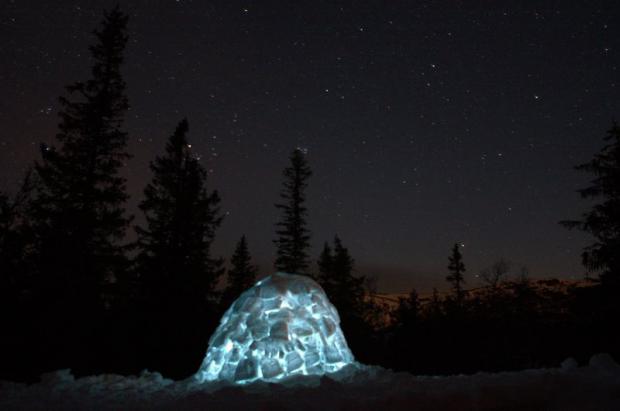
Breaking News
 Christmas Truce of 1914, World War I - For Sharing, For Peace
Christmas Truce of 1914, World War I - For Sharing, For Peace
 The Roots of Collectivist Thinking
The Roots of Collectivist Thinking
 What Would Happen if a Major Bank Collapsed Tomorrow?
What Would Happen if a Major Bank Collapsed Tomorrow?
Top Tech News
 Travel gadget promises to dry and iron your clothes – totally hands-free
Travel gadget promises to dry and iron your clothes – totally hands-free
 Perfect Aircrete, Kitchen Ingredients.
Perfect Aircrete, Kitchen Ingredients.
 Futuristic pixel-raising display lets you feel what's onscreen
Futuristic pixel-raising display lets you feel what's onscreen
 Cutting-Edge Facility Generates Pure Water and Hydrogen Fuel from Seawater for Mere Pennies
Cutting-Edge Facility Generates Pure Water and Hydrogen Fuel from Seawater for Mere Pennies
 This tiny dev board is packed with features for ambitious makers
This tiny dev board is packed with features for ambitious makers
 Scientists Discover Gel to Regrow Tooth Enamel
Scientists Discover Gel to Regrow Tooth Enamel
 Vitamin C and Dandelion Root Killing Cancer Cells -- as Former CDC Director Calls for COVID-19...
Vitamin C and Dandelion Root Killing Cancer Cells -- as Former CDC Director Calls for COVID-19...
 Galactic Brain: US firm plans space-based data centers, power grid to challenge China
Galactic Brain: US firm plans space-based data centers, power grid to challenge China
 A microbial cleanup for glyphosate just earned a patent. Here's why that matters
A microbial cleanup for glyphosate just earned a patent. Here's why that matters
 Japan Breaks Internet Speed Record with 5 Million Times Faster Data Transfer
Japan Breaks Internet Speed Record with 5 Million Times Faster Data Transfer
Want to build an igloo? Here's how.

. He once told the class, "I want to be drinking in a snow bar by Friday." His students went outside and got to work, and sure enough, "we had 50 people inside the snow bar by Friday afternoon."Sijpke is originally from Holland, where water is usually found in liquid form. So when he moved to Canada, he was fascinated by snow and ice. To him, frozen water is a fantastic (and free) building material. He's built some seriously impressive structures out of snow and ice—including a 1/5-scale model of the Roman Pantheon. The 32.7-foot tall, 32.7-foot diameter structure was made from 400 tons of snow. More than 125 McGill students and faculty squeezed inside its walls, which were four feet thick.
So Popular Science asked Sijpke how to build an igloo. "Scientifically, the best way is how the Inuit in the North still do it," he says. "They lay snow blocks in a spiral."

 The State's Last Stand
The State's Last Stand


